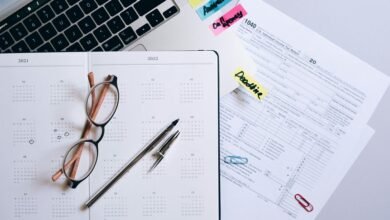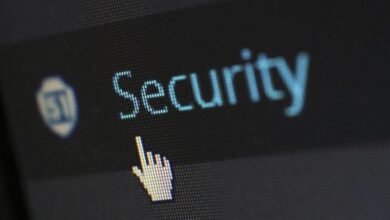Secure Caller Verification Intelligence Taskforce 7244199092 3134238040 4844522186 4696063080 2093531300 8444172180

You might not realize that the Secure Caller Verification Intelligence Taskforce employs cutting-edge technology to enhance communication safety. By integrating biometric data and machine learning, it aims to significantly reduce identity theft and fraud. Understanding how this verification process works can empower you to discern legitimate communications. So, how do you identify which calls are trustworthy in a world increasingly plagued by scams?
Understanding the Secure Caller Verification Process
As you navigate the complexities of modern communication, understanding the Secure Caller Verification process becomes crucial for ensuring your privacy and safety.
You’ll encounter various caller authentication methods designed to verify identities. However, verification challenges persist, such as spoofing and social engineering.
The Role of Technology in Caller Verification
While various caller verification methods exist, technology plays a pivotal role in enhancing their effectiveness and reliability.
Recent technology advancements enable robust caller authentication through biometric data, machine learning algorithms, and real-time monitoring.
By leveraging these innovations, you can verify identities with higher accuracy and reduce fraudulent activities.
Embracing these tools empowers you to maintain secure communication while enjoying the freedom of connection.
Impact of Secure Caller Verification on User Safety
When secure caller verification is implemented effectively, it significantly enhances user safety by minimizing the risk of identity theft and fraud.
By promoting user awareness, individuals become more vigilant against potential scams. This proactive stance not only aids in fraud prevention but also fosters a more trustworthy communication environment.
Ultimately, secure caller verification empowers users to confidently navigate their interactions.
How to Identify Legitimate Communication From the Taskforce
Identifying legitimate communication from the taskforce requires a keen understanding of the established verification protocols.
Utilize Caller ID to confirm the source, ensuring it matches the taskforce’s registered numbers.
Employ verification methods such as callback procedures to validate authenticity.
Always be cautious of unsolicited messages and cross-reference information with official channels to safeguard your freedom from potential scams or misinformation.
Conclusion
In conclusion, embracing the Secure Caller Verification Intelligence Taskforce’s protocols can significantly enhance your communication safety. Did you know that organizations that implement robust caller verification systems reduce identity theft incidents by up to 70%? By leveraging advanced technology and recognizing verified numbers like 7244199092 and 3134238040, you empower yourself to distinguish between legitimate and fraudulent communications. Prioritizing these practices not only protects you but contributes to a more secure communication landscape for everyone.



